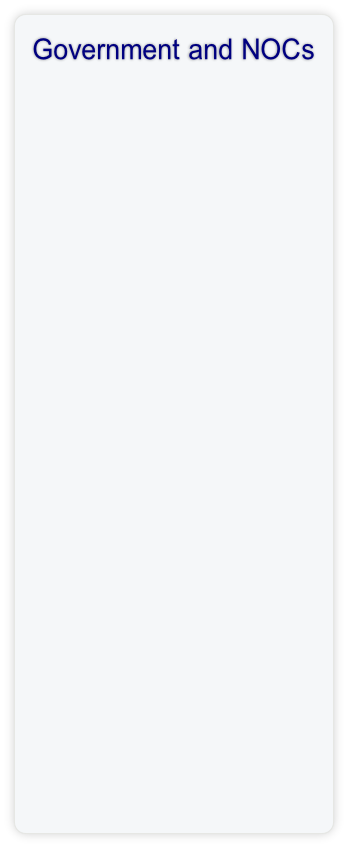
Globalshift.co.uk - copyright © 2009 to 2024; All rights reserved.
Data in this website may not be the most recent available Home | Terms of use
| Contact



WEST AFRICA
Delta from the air
Côte d'Ivoire (the Republic of Côte d'Ivoire) borders Guinea and Liberia in the west, Burkina Faso and Mali in the north, and Ghana in the east. The Gulf of Guinea of the Atlantic Ocean abuts its southern coastline.
Early tribes in the north, trading with Berbers, were ruled by the Ghana Empire from the 4th century. The Mali and then Songhai Empires took over in the 14th century before a series of kingdoms were established. In the south migrants fleeing unrest settled in villages in the forest.
The Portuguese landed in West Africa in 1482 but the area was left alone until 1843 when France began to build trading posts. It became a French colony in 1893, becoming wealthy through coffee, cocoa, and palm oil plantations with the locals forced to adopt French culture.
France gradually conquered the interior but the northern boundary was not fixed until 1947. From 1904 the region became a unit of French West Africa and in 1946 forced labour was abolished.
Côte d’Ivoire, now the richest country in West Africa, became independent in 1960 maintaining close association with France. However when cash crop prices declined in the 1980s debt and unrest followed, especially after 1993.
It experienced a coup in 1999 and religious civil wars followed, the last ending in 2011. The country still relies heavily on agricultural exports and has limited industry.
Côte d'Ivoire is mainly a flat to undulating plateau rising gradually from sea level in the south to almost 500m altitude in the north.
The southeastern region comprises inland lagoons that start at the Ghanaian border. The southwestern region is covered with dense forest. A forest-savanna across the middle is the transition between coastal forests and interior savannas with the north being part of the West Sudanian Savanna region. Mountains are present in the west and northwest near the border with Guinea and Liberia. The highest elevation is Mount Nimba, at 1,752m.
The waters of Cote d’Ivoire overlie the Abidjan basin. The first of a series of small oil discoveries was brought onstream in 1980 but output was never substantial.
Deep water exploration identified new plays and considerable growth in output has occurred since 2005, when the Baobab field came onstream. The identification of a new Cretaceous fan play along the West African transform margin in Ghana and Sierra Leone is likely to enhance potential here.
Gas deliveries began in 1995 from the Panthere field and further small associated and non-associated gas fields have maintained gas production.
Globalshift believes that, over coming years, output should increase as new deep water gas volumes are developed. The country has no onshore oil or gas production and none is forecast.

COTE D’IVOIRE
Map and National Flag

West Africa






Côte d'Ivoire is a republic with executive power vested in the President elected for a 5-year term and head of state and of government. The cabinet is selected by the president.
The 225-member National Assembly is elected for a 5-year term, passing legislation introduced by the president and introducing its own.
The oil and gas industry is overseen by the Ministry of Petroleum and Energy.
The NOC is Société Nationale d'Opérations Pétrolières de la Côte d'Ivoire (Petroci), established in 1975.
It was restructured in 1998 into Petroci Holding (portfolio management) and subsidiaries, Petroci Exploration-Production (upstream), Petroci-Gaz, (gas sector) and Petroci Industries-Services (all other services). Up to 49% interest in the 3 subsidiaries is available to private investors.

Capital
Population
Land area (sq kms)
Oil prod (000s b/d)
Gas prod (bcm/yr)
Oil cons (000s b/d)
Gas cons (bcm/yr)



Abidjan and
Yamoussoukro
21.5 mm
322,463
35
1.8
25
1.8
Click below for:


Excel files - histories and forecasts of production and wells for all countries and regions


